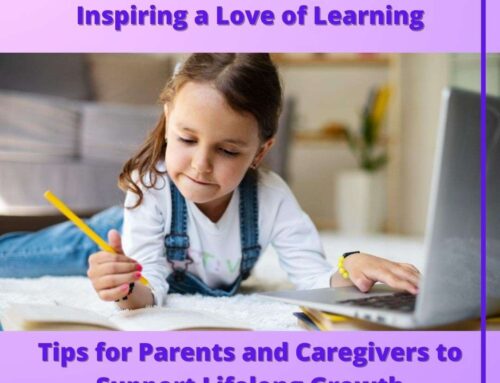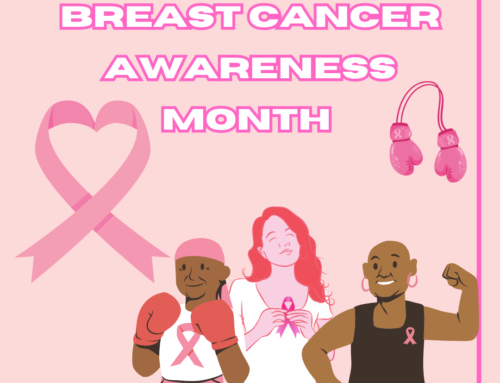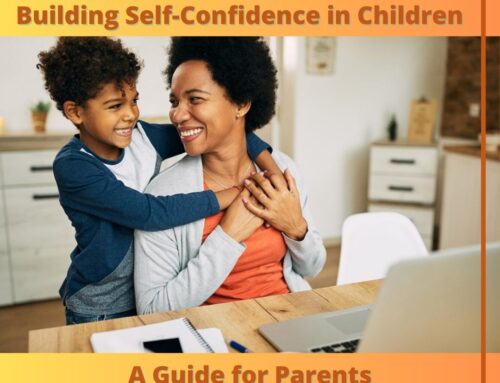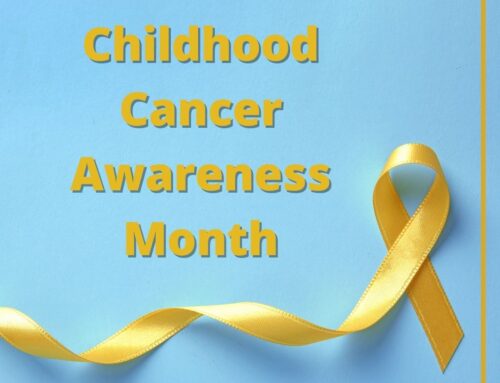October is National Bullying Prevention Month
Greetings Readers!
Since 2006, October has been observed as National Bullying Prevention Month in the United States. This campaign was founded by PACER’s National Bullying Prevention Center. Their focus is to unite communities nationwide to educate and raise awareness of bullying and cyberbullying prevention. Historically, bullying had been viewed as “a childhood rite of passage” that “made kids tougher,” but the reality has always been that bullying can leave devastating and often long-term effects. In 2014, the Centers for Disease Control and the Department of Education released the first federal definition of bullying. The definition includes three core elements:
Bullying has different forms and none of them are acceptable. However, bullying can be social, verbal, and physical. Students ages 12-18 experienced various types of bullying, including Being the subject of rumors or lies, being made fun of, being called names, insulted, being pushed, shoved, tripped, or spit on, and more. It is important that everyone becomes more knowledgeable about bullying and learn about the warning signs. These are a few steps you can take to help be involved and support National Bullying Prevention Month.
What We’ve Learned About Bullying:
Here’s how YOU can be a Prevention Partner:
For more information visit https://www.stopbullying.gov/






